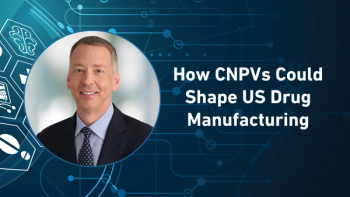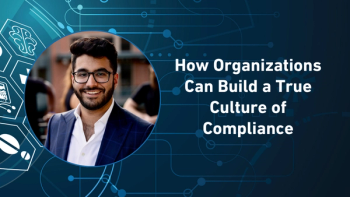
- Pharmaceutical Commerce - January/February 2011
Ernst & Young sees rapid uptake of 'Pharma 3.0' initiatives
Latest Progressions report challenges industry to evolve to outcomes-oriented, information-based revenue streams
E&Y’s annual Progressions report, from its Global Life Sciences center, continues a theme started in the previous year’s report: a shift to a new “ecosystem” for the life sciences business, called Pharma 3.0, that is focused less on revenues directly from selling medicines, and more on sharing in a process of delivering better health outcomes. By its count, the number of 3.0 initiatives grew by 97 in 2010, up 79% from the number started in 2009. A prime driver of this was mobile health apps, which currently represent one out of two new initiatives.
What is a Pharma 3.0 initiative? E&Y is a little vague on the definition, but it includes mobile health, social media and web-based patient-outreach, patient-controlled medical devices, and partnerships with “nontraditional” business organizations (such as tecommunications firms). “Pharma companies will succeed or fail based not on how many units of a drug they sell, but on how well their market offerings improve health outcomes.”
Developing information such as clinical outcomes to promote a drug or protect market share is not inherently a new activity. But Carolyn Buck Luce, leader of the E&Y pharma practice, says that the information opportunity goes well beyond this sort of research. “
“Pharma is well-positioned, based on its business, technology and regulatory experience, to be in the middle of any discussion linking healthcare to outcomes,” she says. “But this position is not proprietary forever; pharma needs to become a trusted partner in such discussions.” She adds that one of the report’s themes is a “market shift from what pharma makes to what pharma knows,” regarding health outcomes and economics, while noting that how the industry will derive revenue and shareholder value from such information is unclear.
To act on the Pharma 3.0 theme, the report concludes with five guiding principles:
-Connect information; develop insights, through bringing IT departments into strategy development
-Build and operate multiple business models—simultaneously, including traditional blockbuster drug development, specialty products and new services
-Collaborate in new ways and with new partners, including both traditional partners such as healthcare providers as well as nontraditional ones
-Stop pitching; start engaging, by encouraging business managers to branch out into new areas, while managing the new risks that might be engendered
-Disrupt the ‘value network,’ of traditional business relationships, by creating new incentives and metrics that align business practices with health outcomes.
The full report is available at http://www.ey.com/US/en/Industries/Life-Sciences.
Articles in this issue
over 14 years ago
OTC and Retail Purchases Round out the View of Patient Behaviorover 14 years ago
The Changing Face of Today's PAPsover 14 years ago
NCPDP Standards for Accurate Billing, Reimbursement and Accessover 14 years ago
Cadence Pharma Launches a 50-Year-Old Product: Acetaminophenover 14 years ago
Is There Life After the Lab?over 14 years ago
Adverse Event Reporting: At the Front Lines of Drug Safetyover 14 years ago
IT Predictions for 2011 from IDC Health InsightsNewsletter
Stay ahead in the life sciences industry with Pharmaceutical Commerce, the latest news, trends, and strategies in drug distribution, commercialization, and market access.




